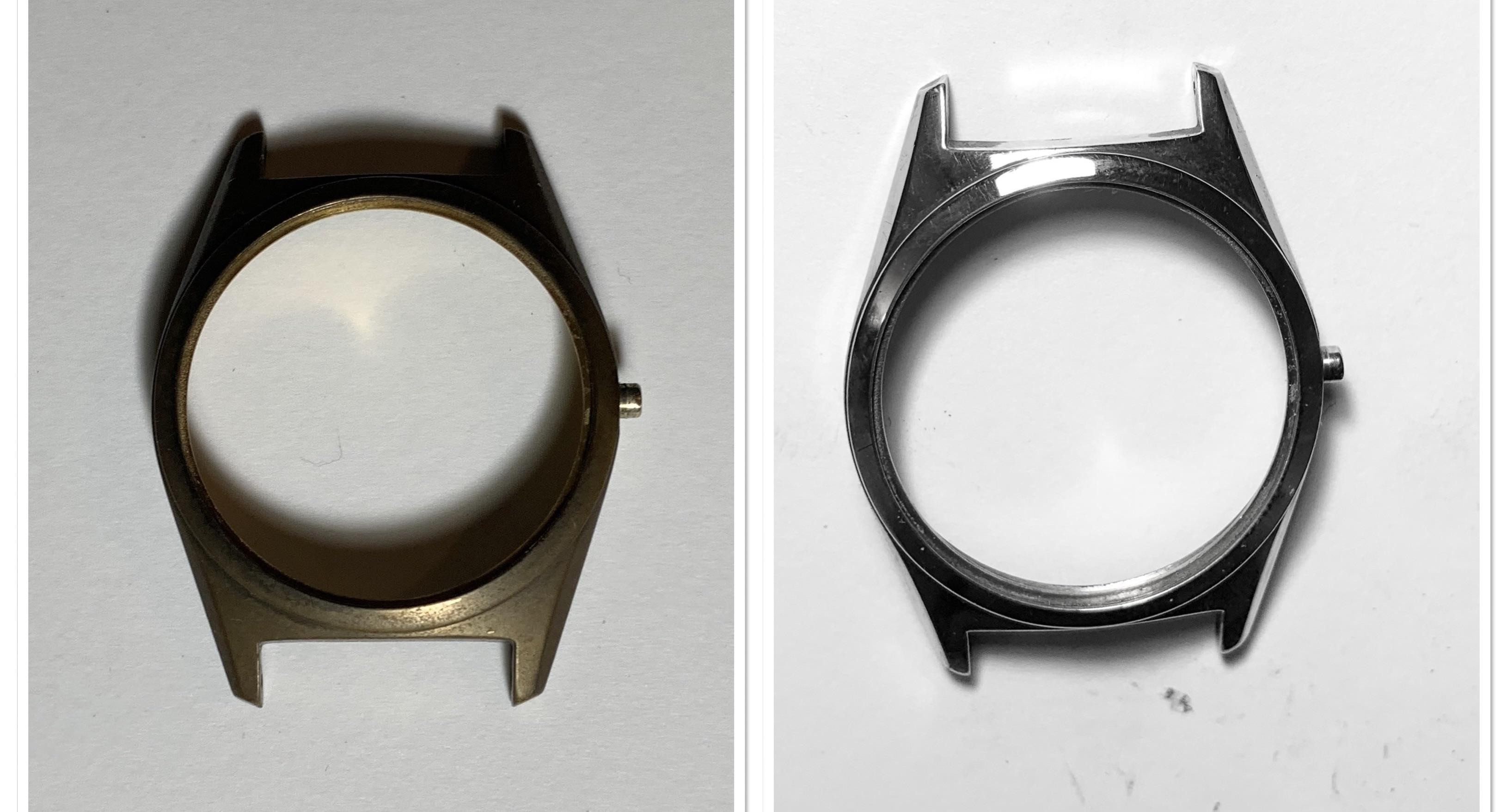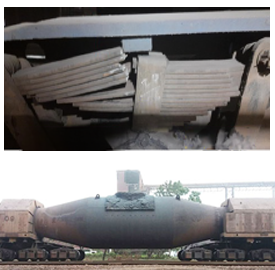Challenges
Elimination of Ni Plating prior to Ion plating in Brass components
Short Description:
Watch components, including case centers and bracelets, are commonly manufactured using brass due to its advantageous formability. To enhance properties such as adhesion strength and corrosion resistance, these brass components undergo a dual-layer coating process. Initially, a nickel coating is applied using a wet process, followed by an additional layer using the ion plating method for improved corrosion resistance and aesthetic appeal. The objective is to identify a fast and cost-effective dry coating process solution that eliminates the need for wet nickel-plating while maintaining optimal levels of adhesion, corrosion resistance, wear resistance, and visual appeal. The ideal solution will contribute to increased efficiency, reduced process time, and enhanced overall productivity in the production of watch components.
Challenge Details
Watch components, including case centers and bracelets, are commonly manufactured using brass due to its advantageous formability. To enhance properties such as adhesion strength and corrosion resistance, these brass components undergo a dual-layer coating process. Initially, a nickel coating is applied using a wet process, followed by an additional layer using the ion plating method for improved corrosion resistance and aesthetic appeal.
The current two-stage coating process involves a transition from wet to dry conditions, impacting overall productivity. Eliminating the wet nickel-plating step is identified as an opportunity for streamlining the manufacturing process. The wet electroplating of nickel poses challenges in terms of efficiency and throughput, requiring material handling in two distinct environments: the wet electroplating setup and the dry ion plating setup.
The objective is to identify a fast and cost-effective dry coating process solution that eliminates the need for wet nickel-plating while maintaining optimal levels of adhesion, corrosion resistance, wear resistance, and visual appeal. The ideal solution will contribute to increased efficiency, reduced process time, and enhanced overall productivity in the production of watch components.















